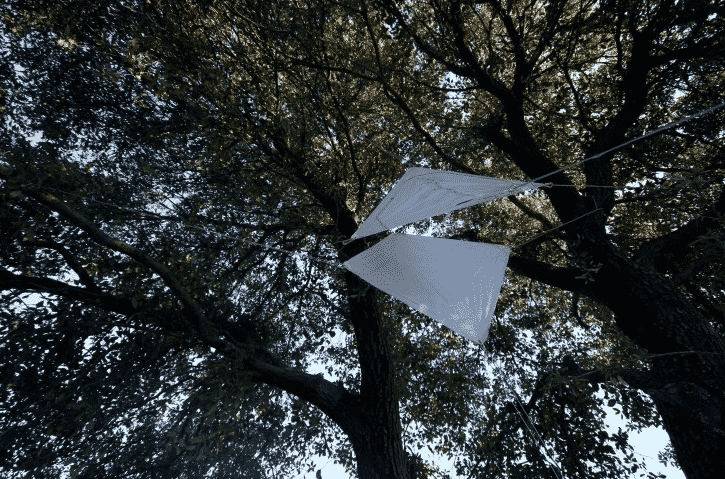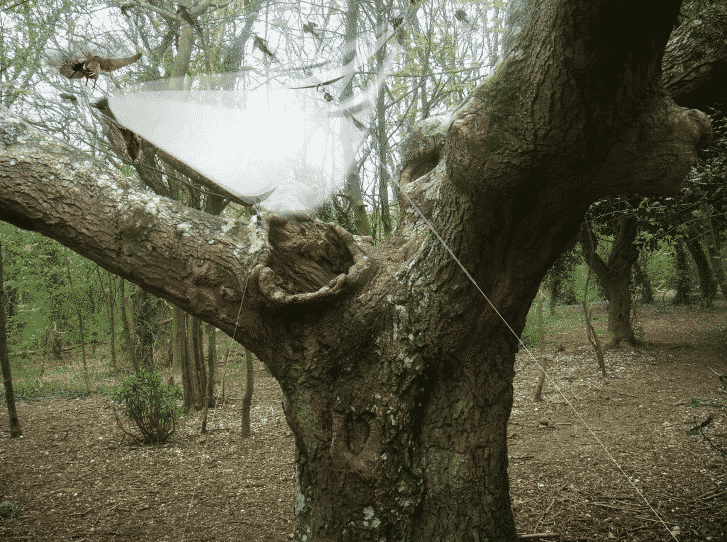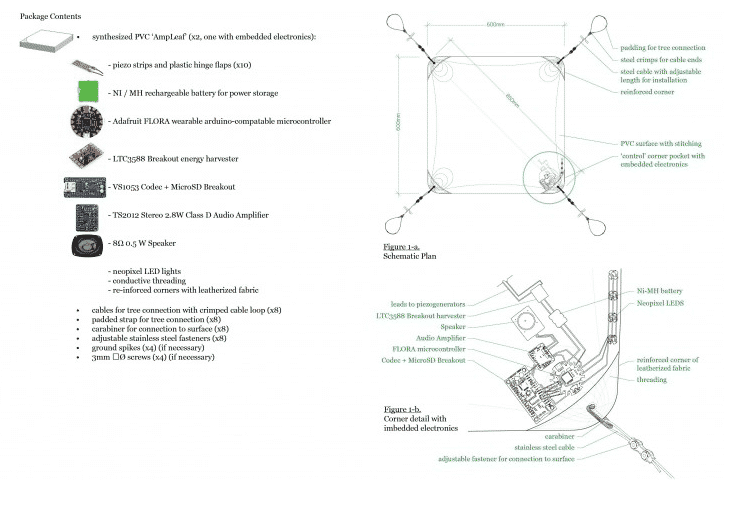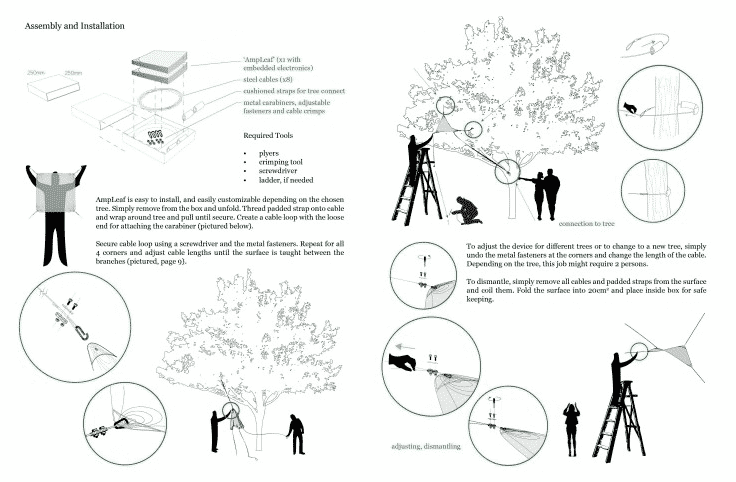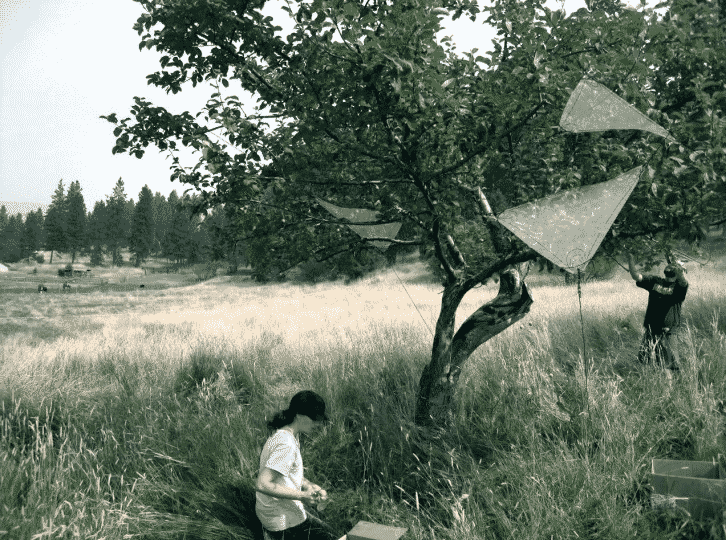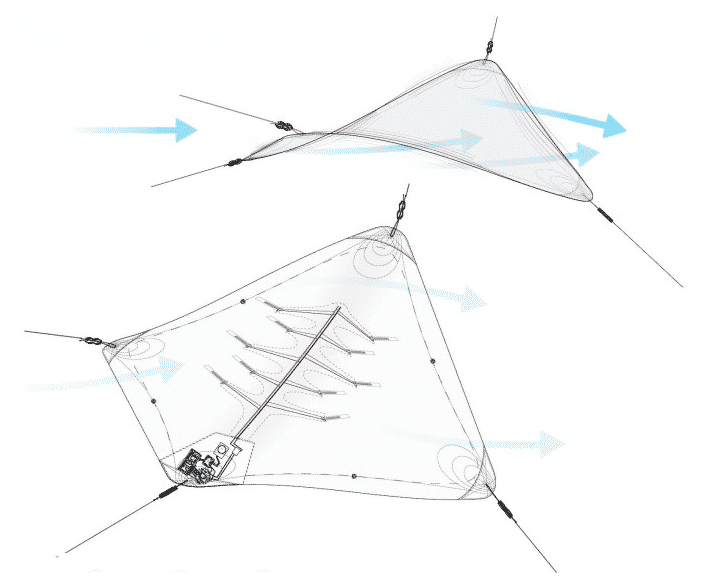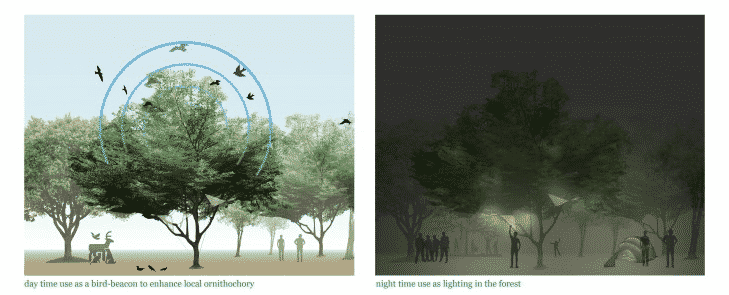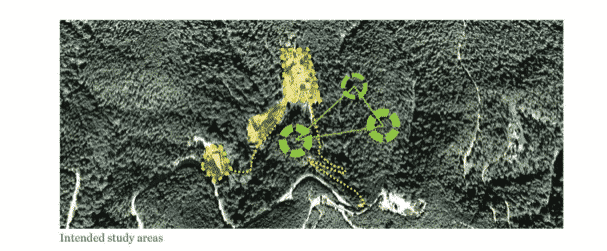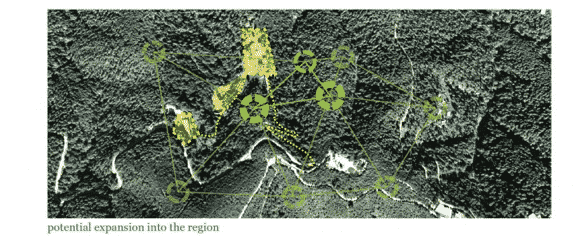AMPLEAF: ECOLOGICAL RESONANCE
With the rise of a new generation of technologies capable of integration on a nano-level, we, as designers, are able to think about our environments on a different scale and recognise the emergent logic which can be tapped into for experimentation. This project aims to make sense of impacts on the ecosystem, encouraging birds and animals to gather around targeted flora and fauna native to (or marginalised from) the Valldaura region. The goal is to develop infrastructure that works in sync with existing systems, lessening the disparity between densities of biodiversity in the region and creating a richer, more competitive environment.
VALLDAURA SELF SUFFICIENT LABS
The site occupies an optimal spot for the exploration of biosphere rejuvenation through passive systems. Located in the Collserola National Park, it is one of many sites that have experienced a notable decrease in diversity of plant and animal life due to nearby development. Many studies by CERFA and the Park Consortium have correlated the subdivision and transformation of land with the marginalisation of specific species, their resulting relocation and, in some cases, disappearance from the area.

